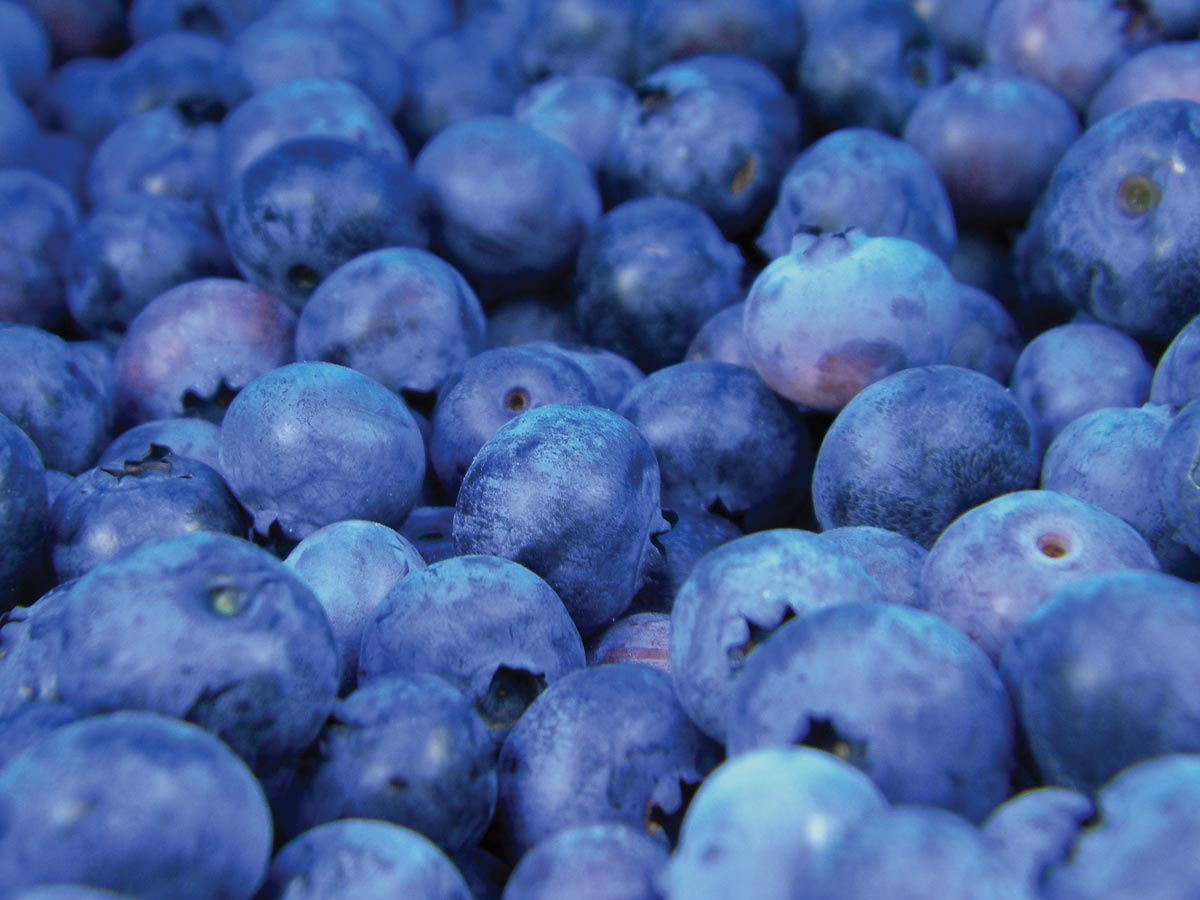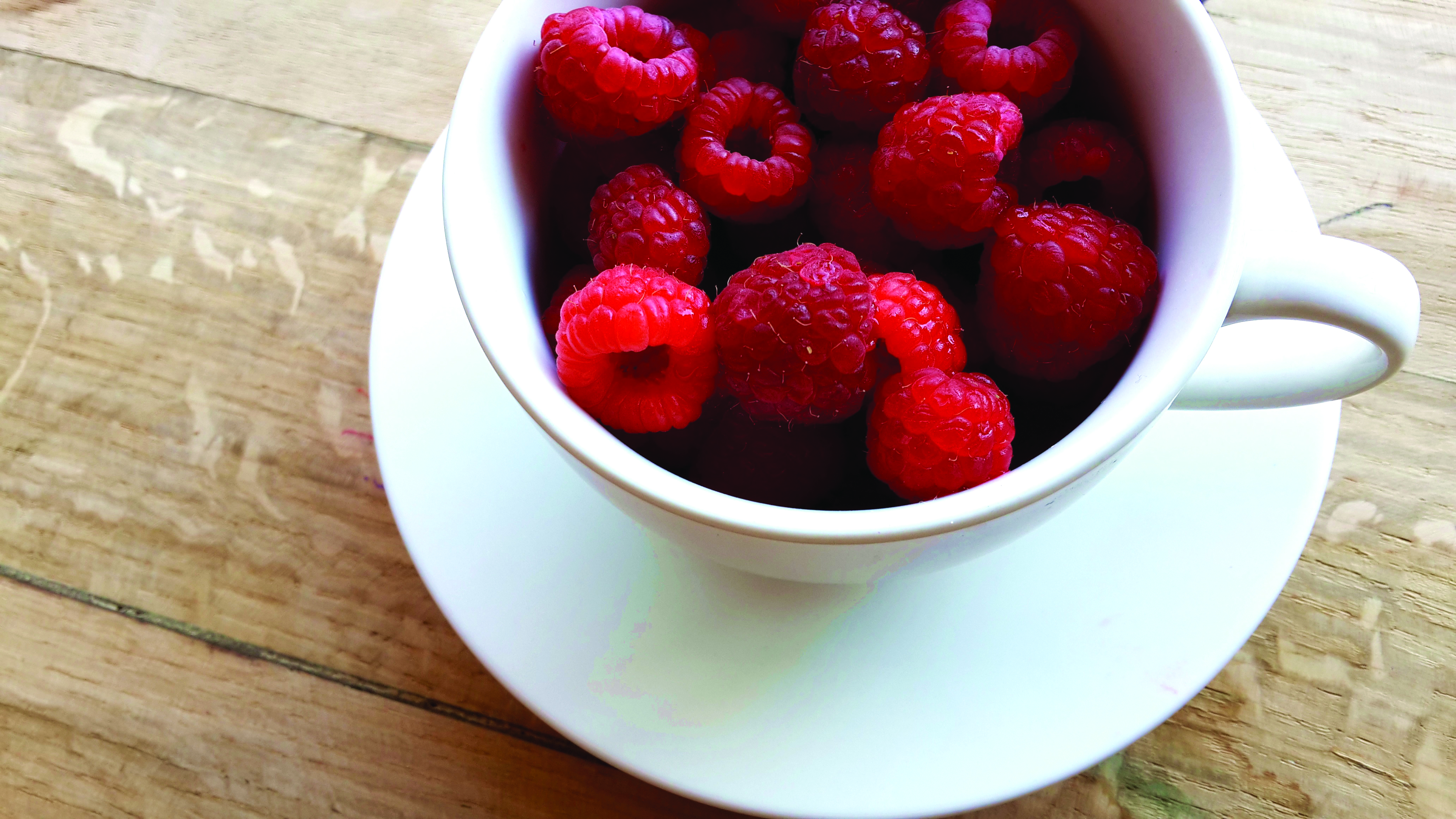This article is from PRAXIS volume 16, issue 2: "Fasts and Feasts" (Winter 2017).
This article is for informational purposes only and is not a substitute for professional medical advice, diagnosis or treatment. Always consult your doctor or an appropriate health professional before making dietary or lifestyle changes. This information is meant to be descriptive, not prescriptive; every individual’s needs and health concerns are unique. Fasting is to be practiced under the guidance of your physician and with the blessing of your parish priest.
During certain fasting periods and on most Wednesdays and Fridays, the Orthodox Church guides us to abstain from meat, dairy products, oil and wine. Here are a few recipes and menu inspirations that can be adapted as needed according to the Church’s practices and your fasting plan. For a complete fasting calendar, visit goarch.org/chapel.
Fasting with Fewer Carbohydrates
Participating in the Church’s fasts is certainly not the same as going on a diet, although many of us have particular health concerns (whether during fasting periods or not). For instance, we all need carbohydrates because our bodies convert them into energy—and carbs are quick, filling and familiar foods, so it can be easy to simply eat more pasta, rice or potatoes. However, as Rita Madden, a Registered Dietitian, writes in her book Food, Faith and Fasting: A Sacred Journey to Better Health, “the reality is our body does not need a ton of carbs, yet many of us are eating way more than our body’s fair share. This excessive carb intake common in American culture is one of the reasons many are suffering from chronic inflammation, elevated triglycerides, diabetes and excess weight” (p. 66).

- Focus on dark leafy greens like kale, spinach and arugula.
- High-protein seeds, nuts, beans and legumes are good to incorporate as well. Almonds, lentils, black beans and sunflower seeds are a few examples.
- Instead of high-starch vegetables like corn and potatoes (especially white potatoes), opt for carrots, onions, Brussels sprouts, snap peas, bell peppers, celery and broccoli.
- Berries are good fruits to keep around if you’re trying to avoid excess sugar.
Real, Whole Foods
While Oreo cookies and potato chips may be technically fast friendly, fasting periods can also provide a lovely opportunity to incorporate more real, whole foods into our daily meals. Consider adding some of the following to your shopping list:
- High-fiber, nutrient-dense foods like whole fruits and vegetables, nuts and seeds are good staples.
- Compared to refined grains, whole grains retain more of their naturally occurring nutrients such as fiber, vitamins and minerals. Brown rice, oats and whole wheat bread are good grain options.
- Quinoa is a nutrient-dense complete protein (meaning it contains all essential amino acids) and it has more fiber than most grains. Keep in mind that quinoa is fairly high in carbohydrates, so it may not be the best choice if you are trying to reduce your carb intake.
Another helpful trick is to try to “eat a rainbow” because certain colors of food indicate an abundance of specific nutrients. The more colorful your plate is, the more nutrient varied it will be.
Additional Resources
Orthodox Calendar: calendar.goarch.org
Great Lent, Holy Week & Pascha in the Eastern Orthodox Christian Church: lent.goarch.org
My Beautiful Lent: mybeautifullent.com
Led by Cynthia Damaskos (CHC, author of The Holistic Christian Woman) and Rita Madden (MPH, RD), this online program provides health coaching, meal planning and other resources to nourish both body and soul.

